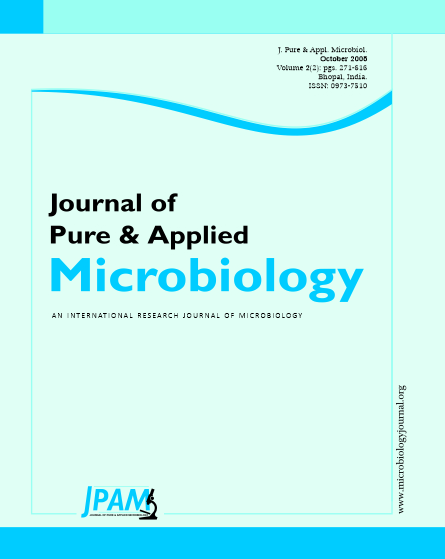Effluent originating from the distilleries known as spent wash leads to extensive soil and water pollution. The aim of this study is to isolate and identify bacterial consortium and fungal species which are capable of using recalcitrant compounds of molasses spent wash as a sole carbon source from the soils of abandoned sites of distillery effluent discharge and characterize their ability of reducing the COD, BOD, TSS, TDS and decolorization of spent wash. Between bacterial consortium and fungal species, Aspergillus species showed the highest decolorization of about (84.3) and show effective reduction in BOD and COD. This work presents a review of the existing status and advances in biological and physico-chemical methods applied to the treatment of molasses based distillery wastewater. Further, the studies also deal with the roles of microbial enzymes in the decolourisation process to develop a better understanding of the phenomenon.
Bioremediation, Molasses spent wash, Decolorization, Bacillus sp., Aspergillus
© The Author(s) 2008. Open Access. This article is distributed under the terms of the Creative Commons Attribution 4.0 International License which permits unrestricted use, sharing, distribution, and reproduction in any medium, provided you give appropriate credit to the original author(s) and the source, provide a link to the Creative Commons license, and indicate if changes were made.


